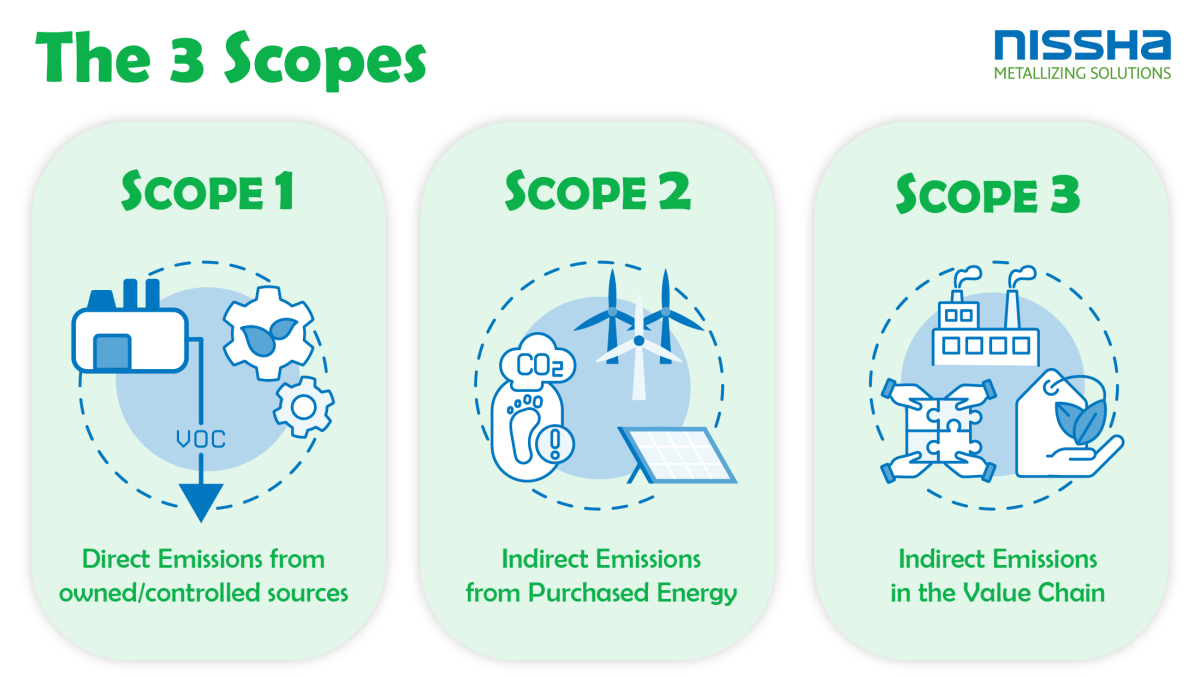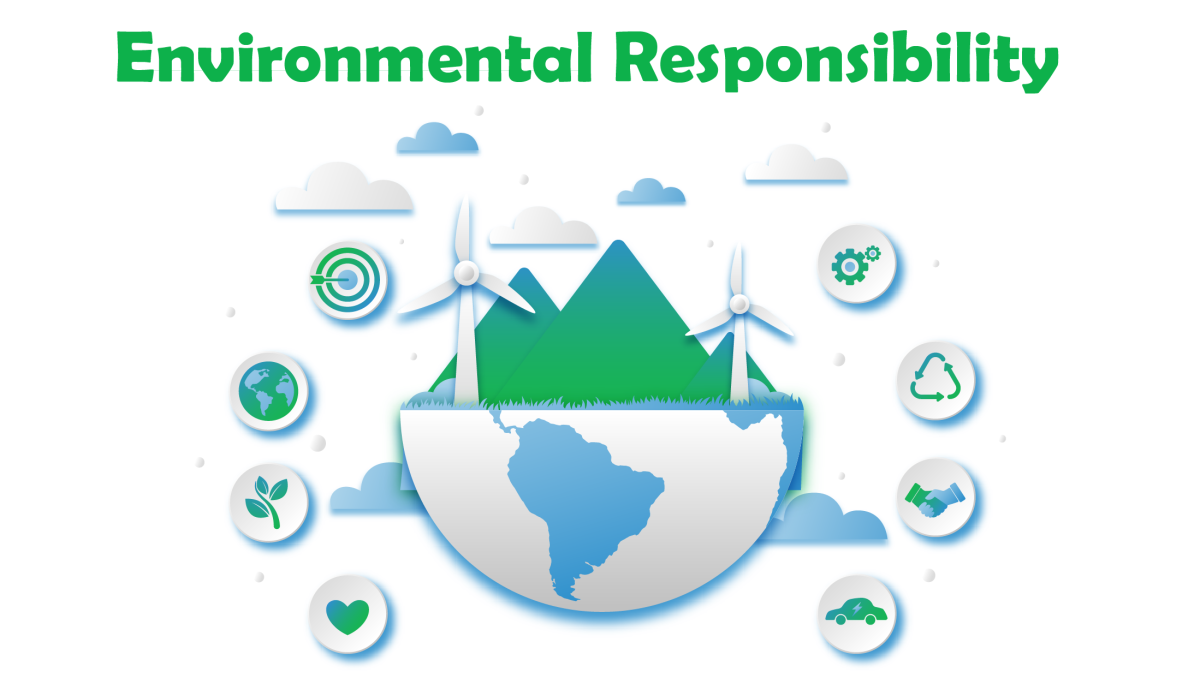2. Sustainable Change in Action
Episode 2: Aligning with Global Sustainability Standards
Welcome to the second episode of our mini-series on sustainability at Nissha Metallizing Solutions (NMS). Missed our first article in this series? No worries, you can read it right here.
In this article, we delve into how NMS is aligning its sustainability goals with global standards and the most rigorous climate regulations. Our commitment to these standards ensures that our actions not only meet compliance requirements but also lead the way in driving real, measurable progress toward combating climate change.
The Science-Based Targets Initiative (SBTi): Our Guiding Framework
At the heart of our sustainability strategy is the Science Based Targets initiative (SBTi), a globally recognized framework that helps companies set measurable, science-based targets to reduce greenhouse gas emissions. What makes SBTi particularly challenging is its insistence on aligning corporate climate goals with the objectives of the Paris Agreement, specifically keeping global temperature rise well below 2°C, with an ambition to limit it to 1.5°C. This ensures that our climate targets are grounded in the latest challenging climate science and contribute meaningfully to global efforts.
Unlike many frameworks that allow for gradual or surface-level changes, the Science Based Targets initiative (SBTi) requires businesses to achieve measurable reductions in emissions across their entire value chain. This means companies must address emissions not only within their direct operations but also across their supply chains, product design, distribution networks, and even in how their products are used and disposed of. For NMS, aligning with SBTi is not just about complying with regulatory standards—it’s about embracing a deeper responsibility to protect the environment and ensure a sustainable future for generations to come.
Our CEO, Giorgio Bosso, expresses this commitment: "At NMS, we believe sustainability is a shared responsibility. By aligning our goals with the most challenging global standards, we’re not only demonstrating leadership but setting an example for others. Our commitment goes beyond compliance—it’s about creating a sustainable future."

Understanding Emissions: The Three Scopes
To meet the SBTi criteria, NMS addresses emissions through three distinct scopes, each of which presents different challenges and opportunities. Here’s how we’re tackling each one:
Scope 1: Direct Emissions (Emissions from owned or controlled sources)
NMS has made significant strides in reducing direct emissions, particularly at our Italian facilities, where we've focused on emissions related to the use of Ethyl Acetate (EtAc). By implementing advanced capture and reuse systems, we’ve drastically reduced the emission of this volatile organic compound (VOC) and, as a result, have not purchased any EtAc in the past 10 years. We are evaluating the implementation of a capture system in Belgium in the near future. Additionally, at our Germany site, we transitioned from solvent-based to water-based coatings, significantly lowering VOC emissions. This shift not only enhances our environmental performance but also positions us ahead of regulatory demands for cleaner production technologies.
Scope 2: Indirect Emissions from Purchased Energy
When it comes to Scope 2 emissions (those linked to purchased electricity and energy), we’ve made remarkable progress by embracing renewable energy across all our global sites. For example, in Belgium, we’ve installed a windmill. Additionally, solar panels and other photovoltaic systems were installed. The combination of the windmill and the purchase of green energy (guarantees of origin) has allowed us to achieve zero emissions from purchased energy in Belgium since this year. This step demonstrates the real impact of renewable energy initiatives on reducing carbon footprints, while also offering long-term operational benefits. Similar initiatives are in progress at our other locations to ensure that we are reducing indirect emissions on a global scale.
Scope 3: Indirect Emissions in the Value Chain
Scope 3 emissions—those that occur in our value chain, both upstream and downstream—represent a broader challenge. This scope includes everything from the sourcing of raw materials to product disposal, which means a holistic approach is required. At NMS, we are actively working to reduce these emissions by:
- Sourcing low-carbon raw materials, such as sustainable paper and aluminum, that have a smaller environmental footprint.
- Optimizing our logistics, improving the efficiency of how materials are transported both to and from our facilities, and reducing emissions during these processes.
- Encouraging sustainable commuting options for employees, such as carpooling and electric vehicle incentives.
One concrete example comes from our U.S. plant, where we’ve made significant improvements in the efficiency of our logistics network. By collaborating with suppliers to optimize routes and switch to more sustainable modes of transportation, we’ve achieved measurable reductions in emissions associated with both the inbound and outbound logistics of our products. These efforts are aligned with SBTi's call to address emissions across the entire supply chain, ensuring that we’re making progress on all fronts.

Leading by Example
By aligning our sustainability goals with SBTi and reducing emissions across all three scopes, Nissha Metallizing Solutions is positioning itself as a leader in environmental responsibility. Our proactive approach goes beyond what is required by law or regulation; it is a demonstration of corporate accountability and our commitment to being a force for good in our industry.
Looking Ahead
As part of our ongoing journey toward sustainability, we continue to evaluate every facet of our operations, from energy consumption to material sourcing. Our goal is to lead by example, showing how real, science-based targets can drive meaningful change. In our next article, we will explore in greater detail the specific initiatives and technologies we’re leveraging to decarbonize our operations further and how these efforts are shaping a more sustainable future for our business and our planet.
Stay tuned for more insights into how NMS is making sustainability a reality.